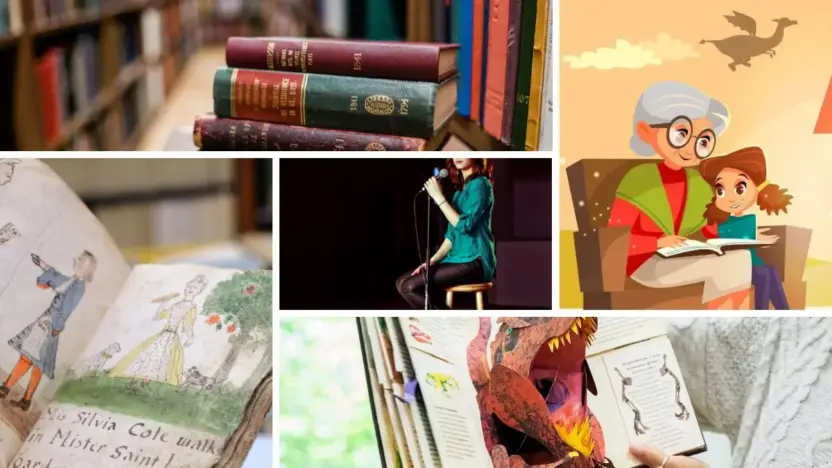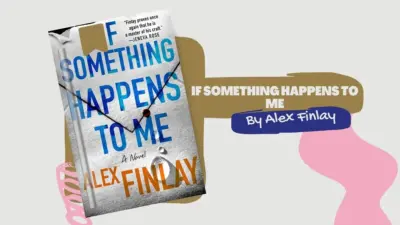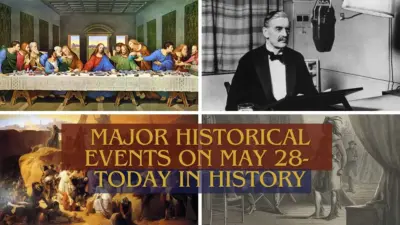Stories are a fundamental part of human experience. From ancient myths and legends to modern novels and films, storytelling has always been a way for us to connect, share, and understand the world around us. As the famous author Joan Didion once said, “We tell ourselves stories in order to live.” Whether you’re a writer, a public speaker, or someone who loves to captivate an audience at a dinner party, knowing how to tell a great story is a valuable skill.
How to Tell a Great Story?
Understanding Your Audience
One of the most critical aspects of telling a great story is knowing your audience. A story that captivates one group might fall flat with another, so tailoring your narrative to suit your listeners is essential. Here are some key points to consider when understanding your audience:
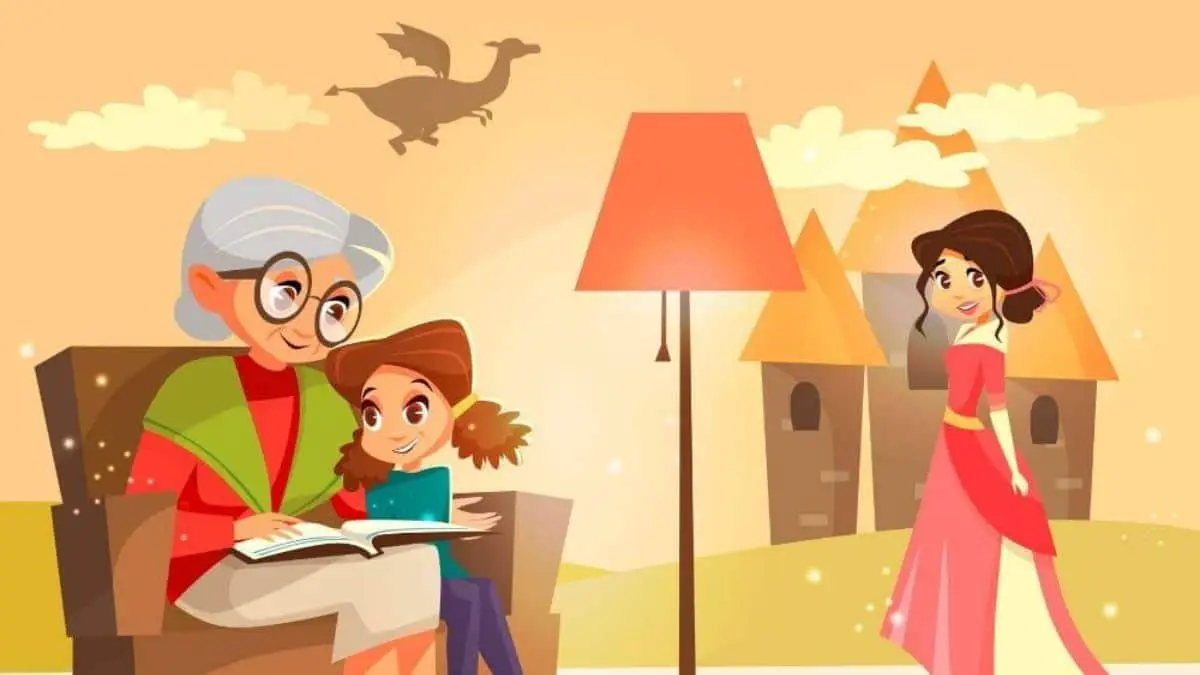
Know Who They Are
Before you start crafting your story, take some time to research and understand who your audience is. Consider factors such as age, cultural background, interests, and values. This knowledge will help you make informed decisions about the tone, language, and content of your story.
Identify Their Needs and Expectations
Ask yourself what your audience is looking to gain from your story. Are they seeking entertainment, inspiration, information, or a combination of these? Understanding their needs will help you shape your narrative to meet their expectations and keep them engaged.
Connect with Their Emotions
Emotional connection is a powerful tool in storytelling. Think about what emotions you want to evoke in your audience and how your story can resonate with their experiences and feelings. Whether it’s joy, sadness, fear, or excitement, tapping into these emotions can make your story more memorable and impactful.
Use Relevant Examples and References
Incorporate examples and references that your audience can relate to. This could be popular culture references, shared experiences, or common challenges they face. Doing so will make your story more accessible and engaging for your listeners.
Adapt Your Style and Delivery
Consider how your audience prefers to receive information. Are they more receptive to visual storytelling, detailed descriptions, or concise and straightforward narratives? Adapt your storytelling style and delivery to match their preferences, ensuring that your message is clear and effective.
Crafting a Compelling Beginning
The beginning of your story is your first and best chance to capture your audience’s attention. A compelling opening sets the tone for the rest of the narrative and entices your audience to keep listening or reading. Here are some strategies to craft an engaging start to your story:

Start with a Hook
The hook is a brief, intriguing element that grabs your audience’s attention right away. It can be a surprising fact, a provocative question, an intriguing statement, or a vivid description. The key is to pique curiosity and make your audience want to know more.
Examples:
- “On the night of the biggest storm our town had ever seen, something happened that would change my life forever.”
- “What if I told you that everything you know about happiness is a lie?”
Set the Scene
Quickly establish the setting of your story to ground your audience in the world you are creating. Describe the time, place, and atmosphere in a way that paints a vivid picture and draws your audience in.
Examples:
- “The sun was setting over the small, dusty town, casting long shadows across the deserted main street.”
- “In the heart of the bustling city, where skyscrapers kissed the sky and neon lights flickered like stars, there was a hidden alley that held many secrets.”
Introduce Your Characters
Introduce your main characters early on, giving your audience a glimpse of who they are and why they matter. Provide just enough detail to make them intriguing without overwhelming your audience with too much information at once.
Examples:
- “Emma was always the smartest person in the room, but her brilliance came with a price—a secret she had kept hidden for years.”
- “John was a man of few words, but his eyes told stories of battles fought and lost, dreams chased and forgotten.”
Establish the Stakes
Let your audience know what’s at stake right from the beginning. This creates a sense of urgency and importance, compelling them to care about the outcome of your story.
Examples:
- “With only 24 hours to save his sister, Alex knew he had no choice but to confront his greatest fear.”
- “If the treasure wasn’t found by dawn, the entire village would face certain doom.”
Create a Sense of Mystery or Suspense
Leaving some questions unanswered can be a powerful way to keep your audience hooked. Introduce an element of mystery or suspense that will make them eager to find out what happens next.
Examples:
- “Every year, on the same night, a single red balloon would appear in the middle of the forest, and no one knew why.”
- “As she opened the old, dusty journal, a photograph fell out—one that shouldn’t exist.”
Pacing Your Story
Pacing is a crucial element in storytelling that dictates how the story unfolds and how engaged your audience remains. Proper pacing ensures that your story flows smoothly, balancing action with introspection, and maintaining the reader’s interest from beginning to end. Here are some tips to master the art of pacing your story:

Establish a Rhythm
The rhythm of your story should vary, with peaks of action and valleys of reflection. This ebb and flow keep the audience engaged and prevents the narrative from becoming monotonous.
Example:
- “After a tense chase through the city, Sarah finally found a moment of calm in her apartment, where she could process everything that had happened.”
Balance Action and Reflection
Too much action can be overwhelming, while too much introspection can be dull. Striking a balance between the two keeps the narrative dynamic and allows for character development.
Example:
- “As the battle raged on, Alex’s mind flashed back to the day he first joined the rebellion, remembering the reasons he had chosen to fight.”
Vary Sentence Structure
Using a mix of short, punchy sentences and longer, more descriptive ones can create a sense of urgency or relaxation, depending on the needs of your story.
Example:
- “The clock ticked. Each second felt like an eternity. She had to act now.”
Use Scene Breaks and Chapters
Breaking your story into scenes or chapters provides natural pauses for the audience to digest the information and anticipate what comes next. It also helps to manage the flow of your narrative.
Example:
- “End of Chapter 5: With a heavy heart, she closed the door behind her. She knew the journey ahead would be difficult, but she had no other choice. (Start of Chapter 6) The sun was barely up when she set out, the road stretching endlessly before her.”
Control the Speed of Events
Accelerate the pace during high-stakes moments to create excitement and slow it down during emotional or critical scenes to allow the audience to absorb the significance.
Examples:
- Fast Pace: “Bullets flew past as he sprinted down the alley, heart pounding, every step a race against death.”
- Slow Pace: “She gently lifted the fragile, old photograph from the box, tracing the faded edges with a trembling finger, memories flooding back.”
Use Dialogue to Move the Plot Forward
Dialogue can reveal important information, develop characters, and advance the plot, often at a quicker pace than narrative exposition.
Example:
- “‘We don’t have much time,’ he said, glancing at his watch. ‘The train leaves at midnight, and we need to be on it.’”
Foreshadowing and Flashbacks
Foreshadowing hints at future events, keeping the audience intrigued, while flashbacks provide backstory without halting the forward momentum of the narrative.
Examples:
- Foreshadowing: “Little did they know, the dark clouds gathering on the horizon were a sign of the storm to come.”
- Flashback: “As she walked through the old house, memories of her childhood came rushing back—her father’s laughter, the scent of her mother’s cooking.”
Maintain Consistency
While varying the pace, ensure the overall pacing is consistent with the tone and style of your story. A thriller might maintain a generally fast pace, while a literary novel might have a more measured rhythm.
Example:
- “Throughout the novel, the pace quickened with each chapter, the stakes rising steadily until the explosive climax.”
Using Descriptive Language
Descriptive language is a crucial tool in storytelling that brings your narrative to life. By painting vivid pictures with words, you can create a rich, immersive experience for your audience. Here are some tips and techniques for using descriptive language effectively:
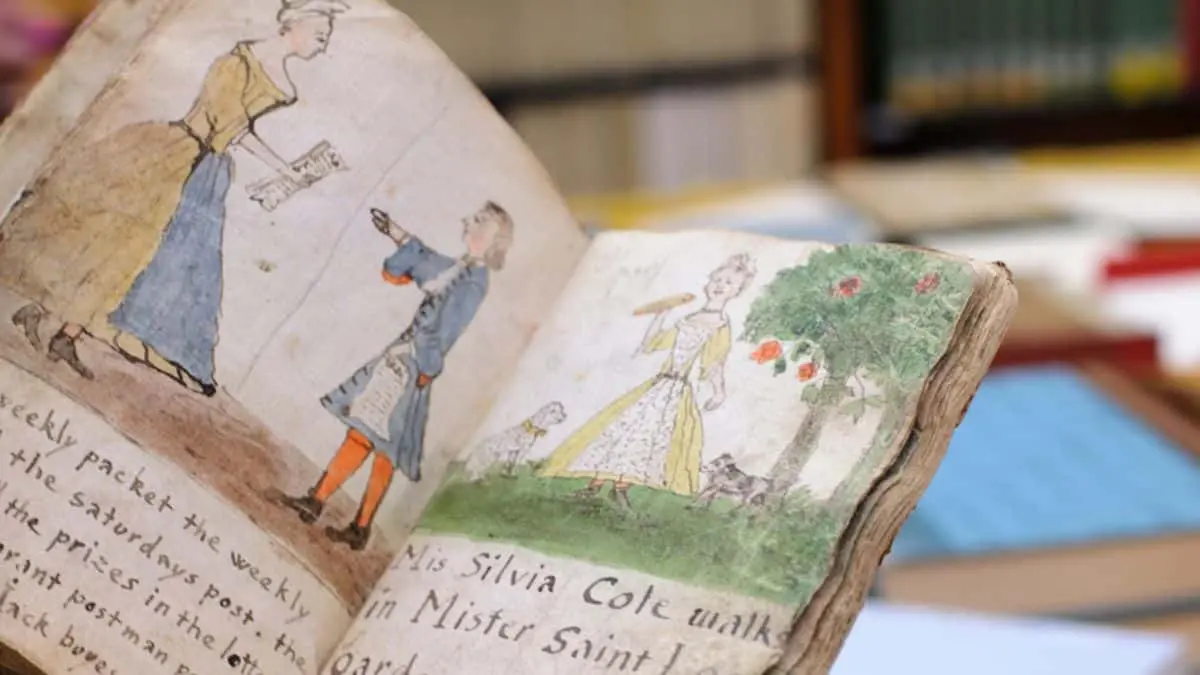
Show, Don’t Tell
One of the fundamental principles of storytelling is to “show” rather than “tell.” Instead of simply stating facts, use descriptive language to illustrate them, allowing your audience to experience the story through their senses.
Example:
- Telling: “The garden was beautiful.”
- Showing: “The garden burst with vibrant colors, from the deep purple of the irises to the fiery red of the roses, and the air was filled with the sweet scent of blooming flowers.”
Use Sensory Details
Engage your audience’s senses by describing what your characters see, hear, smell, taste, and feel. Sensory details make your story more vivid and tangible.
Examples:
- Sight: “The golden sunlight filtered through the leaves, casting dappled shadows on the forest floor.”
- Sound: “The distant rumble of thunder echoed through the valley, a low growl that promised a storm.”
- Smell: “The aroma of freshly baked bread wafted through the air, warm and inviting.”
- Taste: “The lemonade was tart and refreshing, with just the right amount of sweetness.”
- Touch: “The cool, smooth surface of the marble felt soothing against her skin.”
Use Metaphors and Similes
Metaphors and similes are figures of speech that compare two unlike things, adding depth and creativity to your descriptions.
Examples:
- Metaphor: “Her smile was a beacon of hope in the darkness.”
- Simile: “The old man’s voice cracked like dry leaves underfoot.”
Vary Your Sentence Structure
Mixing short, punchy sentences with longer, more detailed ones can create a rhythm and flow that enhances your storytelling. This variation keeps your audience engaged and adds dynamism to your narrative.
Example:
- “The wind howled. Trees bent and swayed under its fierce grip, their branches whipping through the air like wild dancers. Leaves scattered, a flurry of green and gold against the stormy sky.”
Use Specific and Concrete Language
Avoid vague and general descriptions. Instead, use specific and concrete language to make your story more precise and vivid.
Examples:
- Vague: “The car was fast.”
- Specific: “The sleek, red sports car roared down the highway at breakneck speed, its engine a symphony of power.”
Create Atmosphere and Mood
Descriptive language can also be used to set the tone and mood of your story. The choice of words, imagery, and details can evoke specific emotions and create an atmosphere that enhances your narrative.
Examples:
- Atmosphere: “The old mansion stood silent and brooding, its windows dark and foreboding, as if it harbored secrets best left forgotten.”
- Mood: “She walked along the beach at sunset, the sky a canvas of pink and gold, feeling a sense of peace and contentment wash over her.”
Practice Economy of Language
While description is important, it’s also crucial to avoid overloading your narrative with too much detail. Be selective and choose the most impactful and relevant details to include.
Example:
- Overloaded: “The cat was small, white, fluffy, with green eyes, a pink nose, and a collar with a bell.”
- Economical: “The small, white cat with green eyes and a tinkling bell on its collar padded softly across the room.”
Crafting a Satisfying Ending
The ending of your story is your last chance to leave a lasting impression on your audience. A well-crafted conclusion ties up loose ends, resolves the central conflict, and leaves your readers or listeners with a sense of closure or contemplation. Here are some key elements and strategies to craft a satisfying ending:

Resolve the Central Conflict
Ensure that the main conflict or problem presented in your story reaches a resolution. This resolution can be positive, negative, or somewhere in between, but it should feel earned and logical based on the events that have transpired.
Example:
- “After months of searching, Maria finally found the hidden treasure, but it wasn’t the gold she had imagined. Instead, it was a box filled with letters, revealing the lost history of her ancestors.”
Deliver Emotional Impact
Aim to evoke strong emotions in your audience. Whether it’s joy, sadness, surprise, or relief, the emotional payoff should match the tone and stakes of your story.
Example:
- “As the sun set over the battlefield, the soldier looked around at his comrades, a bittersweet smile on his face. They had lost much, but they had gained something priceless—each other.”
Provide Closure
Tie up any loose ends and address any subplots or minor conflicts. Your audience should feel that all significant questions have been answered and that the story has come to a natural conclusion.
Example:
- “The mystery of the haunted house was solved, and as the new family moved in, they felt a strange sense of peace, knowing that the spirits had finally found rest.”
Leave Room for Reflection
A good ending often gives the audience something to think about. Whether it’s a moral lesson, a provocative question, or a lingering feeling, your story should leave a lasting impression.
Example:
- “As she walked away from the village, she couldn’t help but wonder: had she done the right thing? The answer, she knew, would come with time.”
Use a Twist or Surprise (if appropriate)
A twist ending can be very effective if done well. It should be surprising yet plausible, adding a new layer of meaning to the story.
Example:
- “Just as the detective was about to close the case, she found one last clue that changed everything. The killer wasn’t who she thought—it was someone much closer to home.”
Reflect the Story’s Themes
The ending should reinforce the themes and messages of your story. This can give your conclusion a deeper resonance and leave your audience with a sense of fulfillment.
Example:
- “In the end, John realized that the journey was never about finding the treasure—it was about discovering himself and the strength he never knew he had.”
Consider an Open-Ended Conclusion
In some cases, an open-ended conclusion can be more impactful. It allows your audience to draw their own conclusions and keeps them thinking about your story long after it’s over.
Example:
- “As the spaceship drifted into the unknown, the crew looked out at the endless stars. They didn’t know what they would find, but they were ready for whatever came next.”
Also Read: 5 Types of Time Travel Movies
